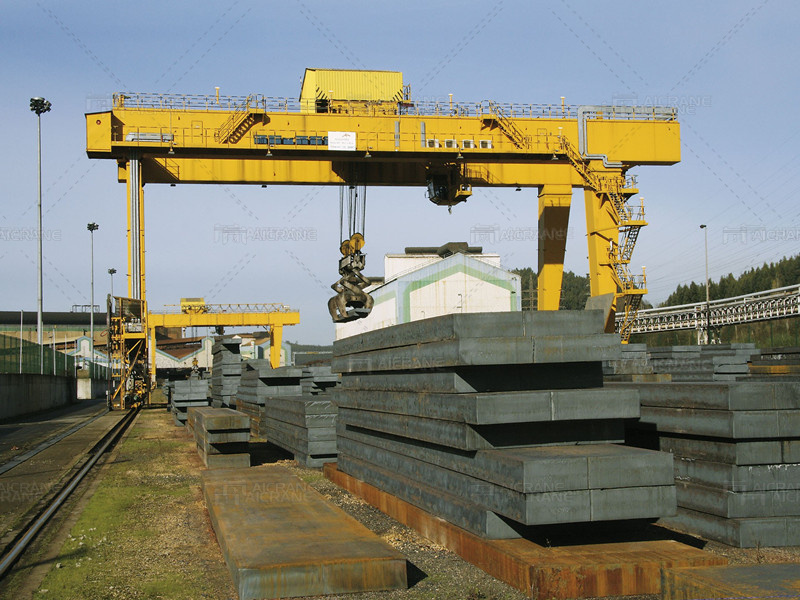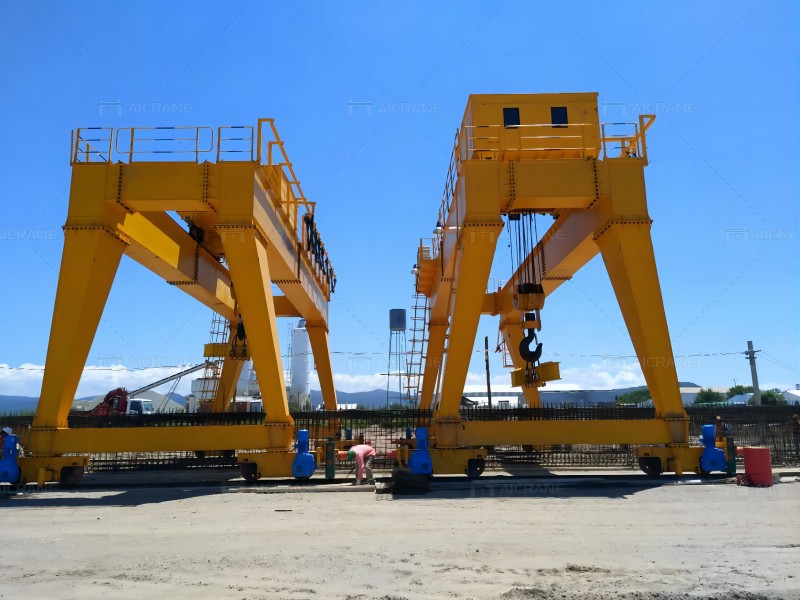Environmental factors play a significant role in shaping the design and operation of industrial equipment, including Gantry Cranes. Double Girder Gantry Cranes, known for their robust lifting capacities, are particularly susceptible to the influence of environmental conditions. This article explores the impact of environmental factors on both the design and operation of Double Girder Gantry Cranes, with occasional comparisons to Single Girder Gantry Cranes.

Climate and Temperature:
The climate of a region directly influences the design considerations for Gantry Cranes. In extreme cold or hot climates, the choice of materials for critical components becomes crucial. Double Girder Gantry Cranes, with larger structures, may be more susceptible to temperature-related expansion and contraction. Conversely, Single Girder Gantry Cranes(кран козловой купить), with simpler designs, may be more adaptable to temperature variations.
Corrosion Resistance:
In environments with high humidity or exposure to corrosive substances, corrosion becomes a significant concern. The design of both Double and Single Girder Gantry Cranes should incorporate corrosion-resistant materials and protective coatings. Regular maintenance to address corrosion is essential to ensure the longevity of the crane components.
Wind Loads:
High wind speeds in certain regions necessitate considerations for wind loads in crane design. Double Girder Gantry Cranes, with their larger surface area, may experience higher wind forces. The design must account for wind load calculations to ensure stability during operation. Single Girder Gantry Cranes, being smaller, may be less affected by wind loads but still require appropriate design considerations.
Site-specific Conditions:
The specific site conditions where Gantry Cranes(козловой кран цена) operate influence their design. For example, cranes in ports and coastal areas may be exposed to salt spray, requiring additional protection against corrosion. Double Girder Gantry Cranes, often used in heavy industries, must be designed to withstand specific site conditions that may differ from those where Single Girder Cranes operate.
Altitude Considerations:
In high-altitude locations, the lower air density can impact the crane’s lifting capacity. Double Girder Gantry Cranes, designed for heavier loads, may experience a more pronounced effect on their performance at higher altitudes. Careful consideration of altitude-related factors during design ensures accurate load calculations and safe crane operation.
Electrical System Reliability:
Environmental factors such as dust, moisture, and temperature variations can affect the reliability of the electrical systems in Gantry Cranes. The design must incorporate protective measures, including sealed enclosures and climate-controlled cabins for operators. Single Girder Gantry Cranes, with simpler electrical systems, may still require protection against environmental elements.

Adaptability to Varying Conditions:
Gantry Cranes must be adaptable to varying environmental conditions. Both Double and Single Girder Gantry Cranes should be designed with features that enable operation in a range of climates. This adaptability ensures that the cranes can continue to perform efficiently in diverse environments without compromising safety or reliability.
Dust and Debris Management:
Industrial environments often generate dust and debris that can affect crane performance. Dust-resistant features and regular cleaning routines become essential for maintaining optimal operation. Double Girder Gantry Cranes(кран козловой 32 т), with larger structures, may require more extensive dust management strategies compared to Single Girder Cranes.
Seismic Considerations:
In earthquake-prone regions, seismic considerations are crucial for crane design. Both Double and Single Girder Gantry Cranes should incorporate seismic-resistant features to ensure stability during seismic events. The design must consider factors such as the crane’s center of gravity, dynamic forces, and foundation strength to mitigate the impact of seismic forces.
Operator Comfort and Safety:
Environmental factors can also influence the comfort and safety of crane operators. Double Girder Gantry Cranes, with larger cabs, may provide more spacious and climate-controlled environments for operators compared to Single Girder Cranes. Ensuring operator comfort contributes to increased attentiveness and overall safety during crane operations.
The impact of environmental factors on the design and operation of Double Girder Gantry Cranes is a multifaceted consideration. From climate and corrosion resistance to wind loads and seismic considerations, the design must address a range of challenges posed by different environments. While Single Girder Gantry Cranes may have simpler structures, they, too, must be tailored to withstand the specific environmental conditions of their operational sites. By incorporating adaptive features and adhering to best practices, manufacturers can ensure that Gantry Cranes perform optimally across diverse environmental scenarios, contributing to increased efficiency, longevity, and safety in material handling operations.
